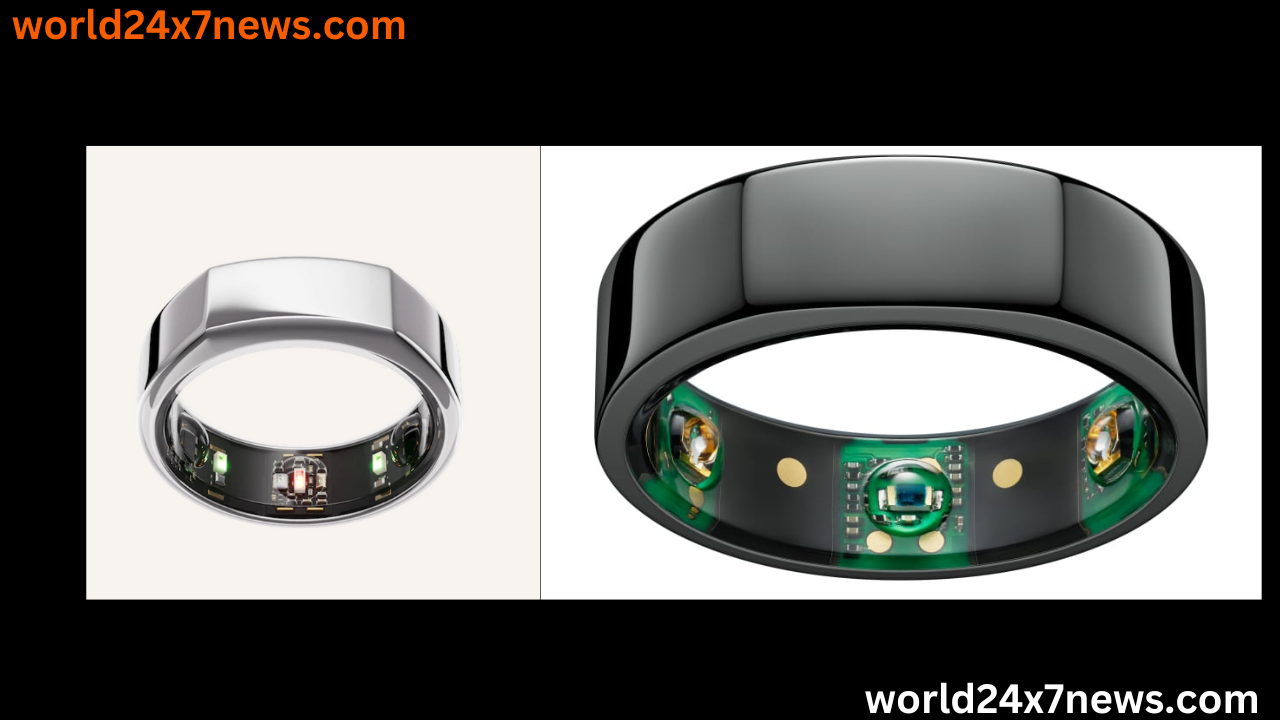Microsoft discontinued Windows 10: Process to update Windows 10 device to Windows 11
Microsoft has announced the discontinuation of its popular operating system (OS) Windows 10, after which users will no longer get software updates. Microsoft has told in a blog post that the recently rolled out Windows 10 22H2 (Windows 10 22H2) will be the last operating system update.
Now the company will not roll out any major update for Windows 10 users. However, Windows 10 devices will continue to receive security and bug-fix updates until October 14, 2025. And Microsoft says its successor will represent one of the “most significant updates” to the OS in the past decade. Here Process to update Windows 10 devices to Windows 11.

You might also like
The market cap of the world’s top-25 tech companies increased
Microsoft Will Not Be Able to Buy Activision
Windows 10 came in July 2015 after Windows 8.1
Microsoft rolled out Windows 10 after Windows 8.1 in July 2015 and dubbed it “Windows as a service”, which meant the software was gradually updated at no extra charge, rather than the company releasing a new version of its OS every few years. Windows 8.1 was rolled out in August 2013. At the same time, after introducing Windows 11 on 24 June 2021, Microsoft rolled out to everyone from 5 October 2021.
Windows 10 can be updated to Windows 11
Windows 10 users can upgrade to Windows 11 if they want regular software updates. If you have the original Windows 10 installed on your laptop or desktop, you can update your device to Windows 11 for free.

The process to update Windows 10 devices to Windows 11
- First of all, click on ‘Start’ and then go to ‘Settings’.
- After this, update and security and Windows Update, option has to come.
- Now check for updates and when the update appears, download and install it.
“Windows II It may take longer to download and install than a normal Windows 10 feature update. As long as Windows You can use your system till the update is being downloaded.”
The specification should be in the device
- Processor 2 or more layers of SOC with a 64-bit processor or 1 GHz speed.
- RAM 4GB or more.
- System firmware UEFI, Secure Boot capable.
- Storage 64GB or more.
- graphics card DirectX 12 and WDDM 2.0 driver compatible.
- TPM Trusted 15 Platform Module (TPM) Version 2.0.















